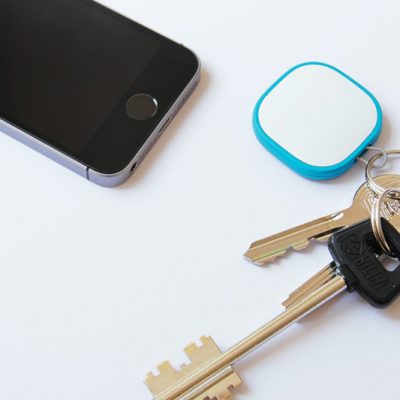How to Create Marketable Commercial Mortgage Notes
Many commercial investors and business owners have become aware of the benefits of selling their properties quicker through owner-financing and still get to a cash position. Investors often call us to get advice and suggestions about how to create and structure the deal so that they can:
-
create a marketable, saleable note
-
minimize the discount on the new note off of the balance owed
-
be able to exit the servicing of the newly-created note as soon as possible.
There are a number of Note factors a commercial note buyer, including ourselves, will consider when looking to purchase a commercial note:
Use of the Property – One of the first things we will want to know is the current use of the property. The term "commercial loans" can mean anything from multi-family properties (5 plus units), office buildings, retail centers, industrial and warehouse space, specialty-use properties such as gas stations, schools, churches, etc., or single tenant buildings.
New Sale or Seasoned Note? – A newly-created Note where there is no established payment history carries an added element of risk. One or more months of documentable payments on the Note can help counteract some of the uncertainty or risk associated with a new Note.
Buyer’s Down Payment – The larger the down payment of a buyer’s hard-earned dollars, the greater stability this creates for a buyer. They are more likely to wrestle their way out of a problem before jeopardizing the initial down payment they have made into a property. For most Note buyers, a minimum of 15% down is required (20-25% is preferable) on commercial properties. This down payment must be clearly documented.
Buyer’s Financial Stability – A commercial borrower needs to have strong financials and credit history. However, greater weight is placed on the property’s ability to sustain the loan over that of the borrower’s personal situation.
Cash Flow from Property – A commercial note buyer will look at the condition of the property and its ability to service the loan out of the cash flow from its day to day operations. Copies of current leases (rent roll) are reviewed and 1-2 years of the borrowers operating history. Recent capital improvements, internal and external photos of the property, and lien and title searches will also be reviewed, while paying attention to not only the property in question but also the surrounding area and the trends in the marketplace.
Repayment Terms of the Note – After carefully considering the above details, a note buyer should have a good feel for the candidate’s risk factor. Candidates with less risk can typically be financed at a higher starting loan-to-value (LTV) threshold in the 75% LTV range to perhaps as high as 85% LTV range, as opposed to the riskier candidates who may be financed somewhere in the 70% to 80% LTV range.
The same is true with the actual note interest rate or "coupon" rate. Higher risk means a higher interest rate, typically in the 8% -10% range. Lower risk can allow for a lower note coupon rate perhaps in the 6% – 8% range.
Occupancy – Generally, owner-occupied properties are better kept, and the property owner may be more compelled to pay timely on a Note than an investor-owner who may be struggling to collect rents, keep up with repairs, or other bills, etc. Also, a note with an investor-owner as the payer will be subject to a greater discount on the note.
Summary
It is the correlation of all of these Note factors that will dictate how you can adjust the proposed structure of a deal so that it will allow you to maximize the amount of cash you can realize along with minimizing the note discount.




